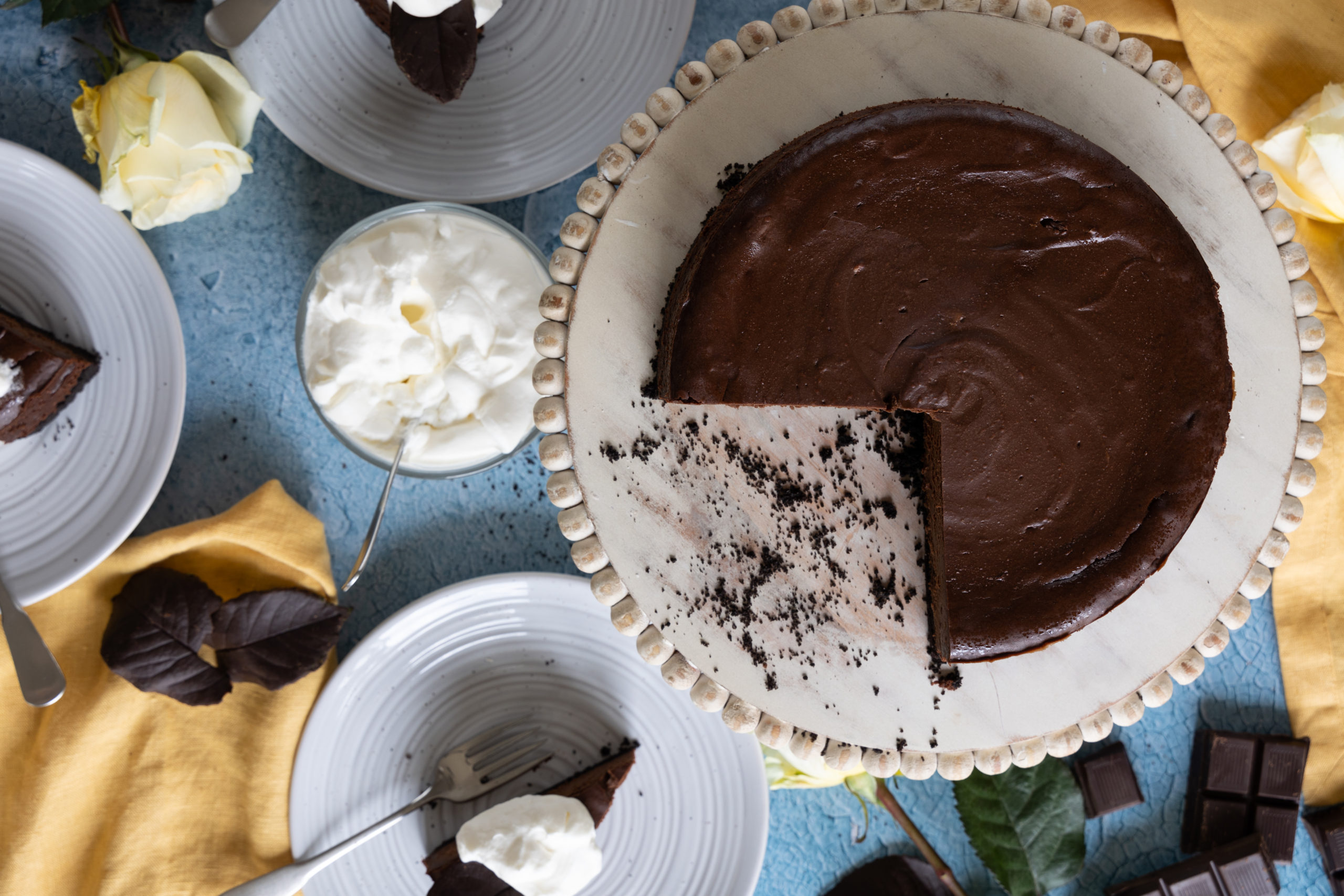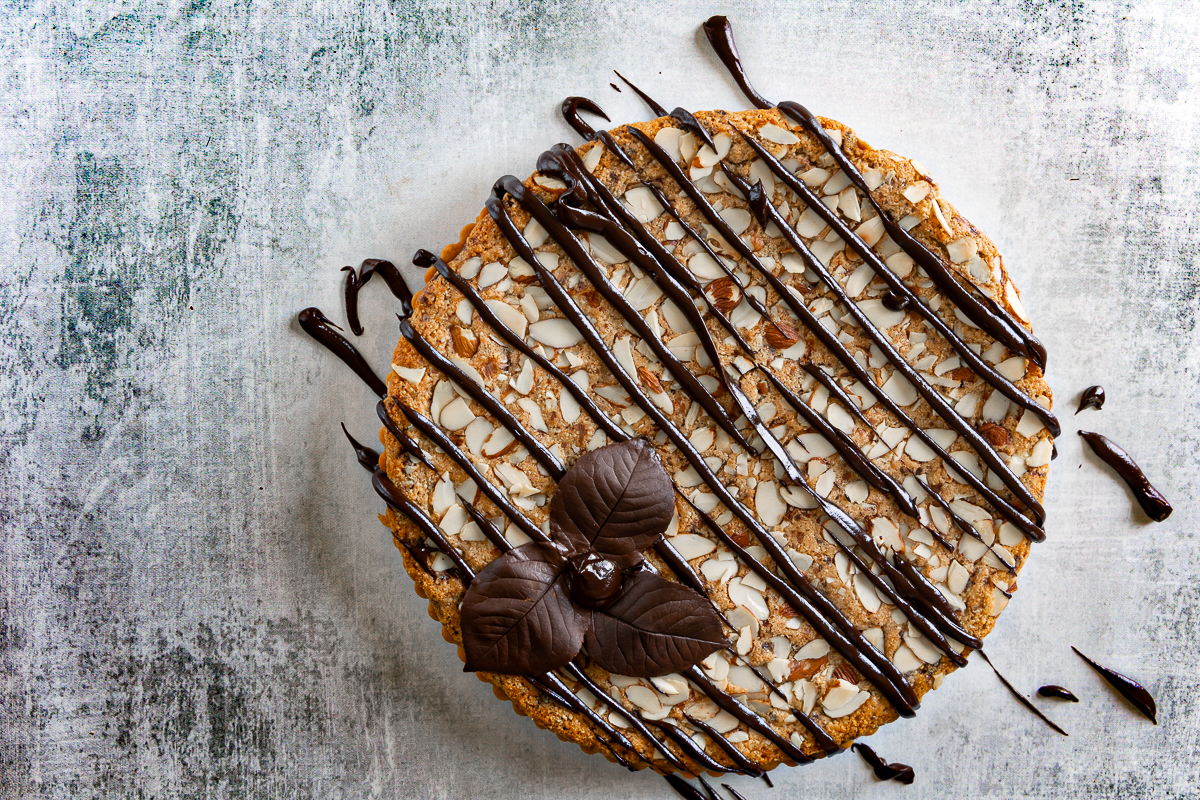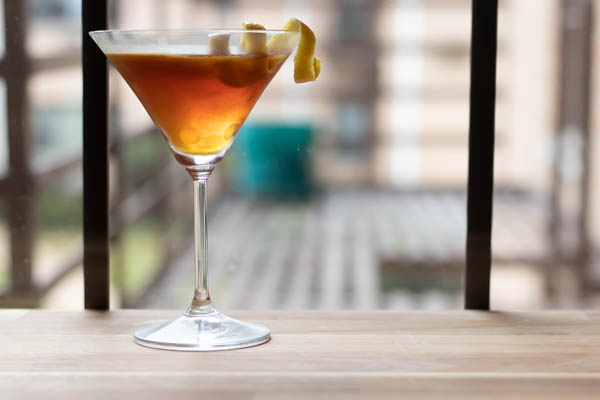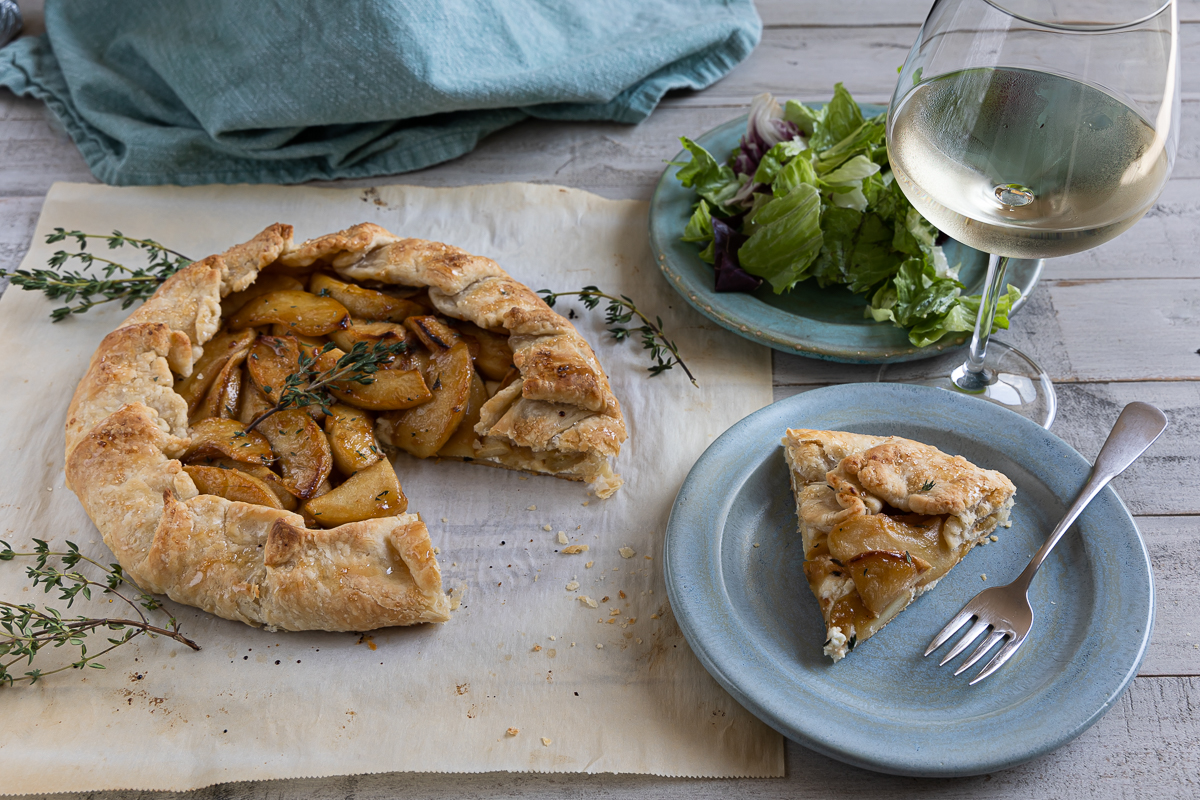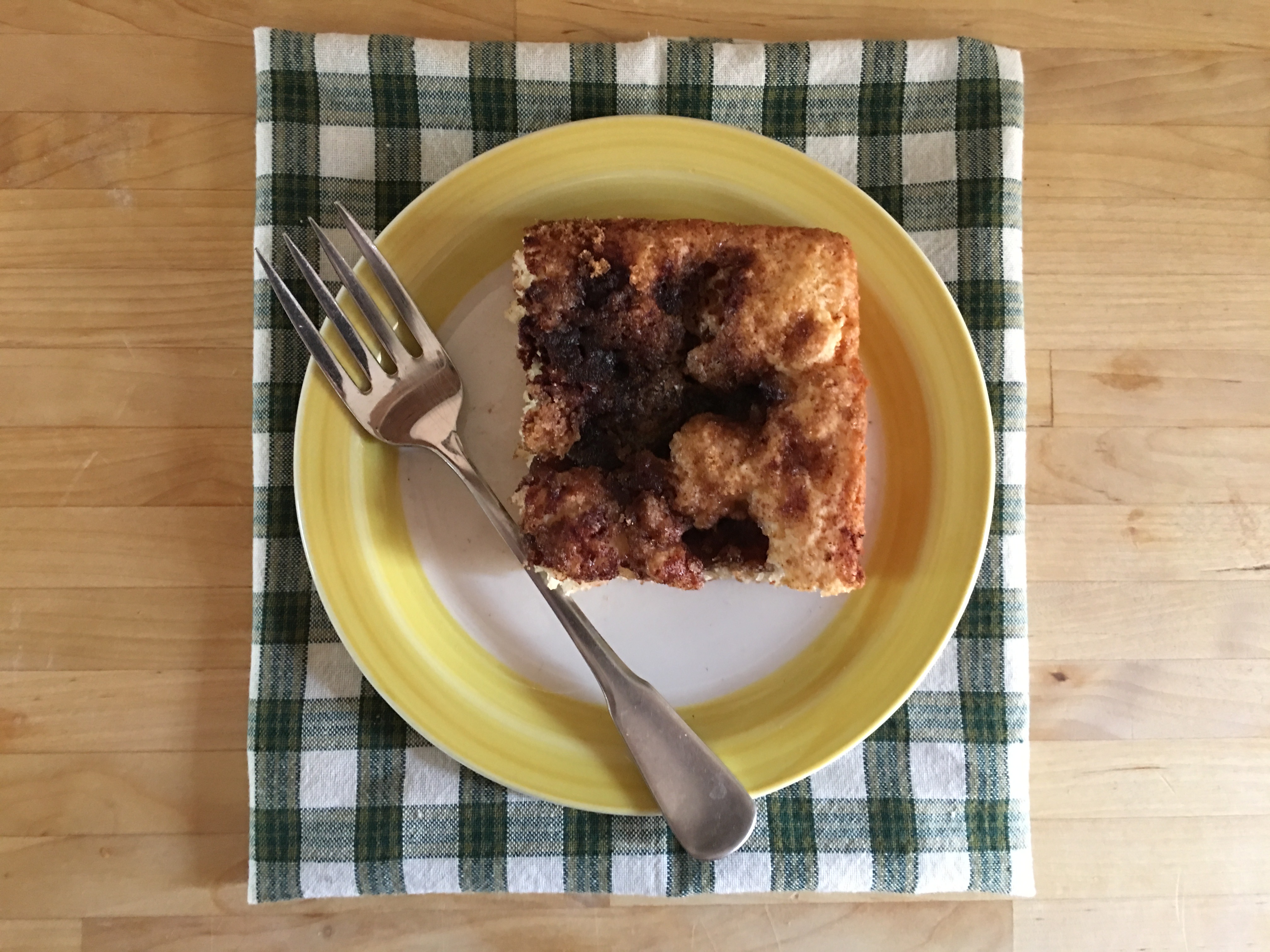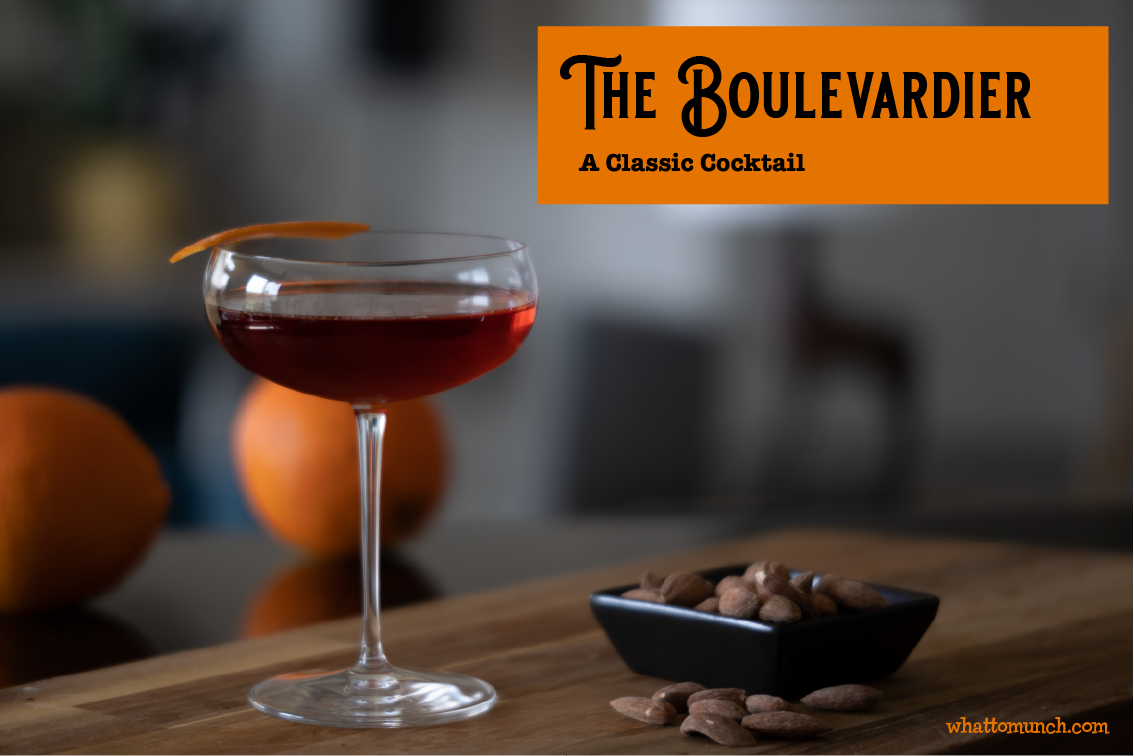The Boulevardier is sometimes known as the whiskey Negroni. They both have Campari and sweet vermouth, but the similarities end there. This cocktail tastes more sophisticated and deeper in flavor than the classic Negroni. I have decided to push my cocktail boundaries a bit with this cocktail as I like whiskey but have always liked it by itself, except a good Old Fashioned. I have read about The Boulevardier and have been intrigued by its beautiful color and its elegant look. So, I’m branching out of my usual gin-based cocktails to try this classic cocktail from the 1920s. This cocktail is absolutely delicious and a well-balanced sipper.
![]()

This classic cocktail was first published in 1924 in the cocktail book “ABC of Mixing Cocktails” by the renowned bartender Harry MacElhone. He bought his famous Harry’s New York Bar in 1923 and is known for making several classic cocktails, including The White Lady, which I have posted about here. As a fantastic side fact, his descendants still run Harry’s Bar in Paris to this day. As with so many old classic cocktails from that era, the actual origin is in dispute as it is probably older than Harry’s Bar. But he is credited for its invention. So, after writing this blog for all these years and discovering some of these fabulous cocktails from this famous bar, I feel I need to make a pilgrimage to this bar in Paris!
![]()

The Boulevardier is relatively straight forward, and originally, as with the Negroni, the ingredients of a base spirit, Campari, and sweet vermouth were all the same amounts. But in the modern world of mixology, The Boulevardier’s ratios have been tweaked and played with over the years. The ratio of more whiskey to the other two spirits is now considered the standard recipe. Most modern bartenders tend to go for a good rye bourbon. Though a good whiskey could be used too. This is where not skimping on the brand of bourbon or whiskey is essential. Its flavor really shows through.

This classic cocktail is stirred. You need to have a cocktail pitcher or other tall glass container that you can stir to chill and dilute the cocktail properly. You can find a great one here on Amazon. (I get a small commission at no cost to you through any link on this page. Please consider helping fund this blog.) Though a cocktail pitcher and spoon is a fantastic addition to any bar setup. I have had great success using a 2-cup measuring cup if you don’t have a pitcher. It works surprisingly well.

I can smell Fall in the air, ok, well, maybe it’s smoke from all the fires further west. But it is the beginning of my favorite time of the year. Please think of others in what you choose to do. We can get through this if we all see the bigger picture and know that we can succeed together. Ok, that is all for this week. I hope you are all doing well. Until next time!

- 1 ½ oz bourbon or whiskey
- 1 oz Campari
- 1 oz sweet vermouth
- Orange peel for garnish
-
Chill a cocktail glass such as a coupe or a rocks glass with ice or place in the freezer. This cocktail can be served on the rocks or neat (without ice)
-
In a stirring pitcher (or even a measuring cup), combine the Bourbon, Campari, and sweet vermouth.
-
Fill the pitcher 2/3 with ice and stir until very cold, about 30 seconds.
-
If you are serving The Boulevardier on the rocks, place a large piece of ice or several small ones in the chilled rocks glass, otherwise remove any ice from the coupe glass.
-
Pour into the chilled cocktail or rocks glass and garnish with a long piece of orange peel that has been squeezed over the cocktail.
As with anything with Campari (and many citrus cocktails), if you squeeze the peel over the cocktail to release some of the oils, it will enhance the citrus notes in the Campari.


